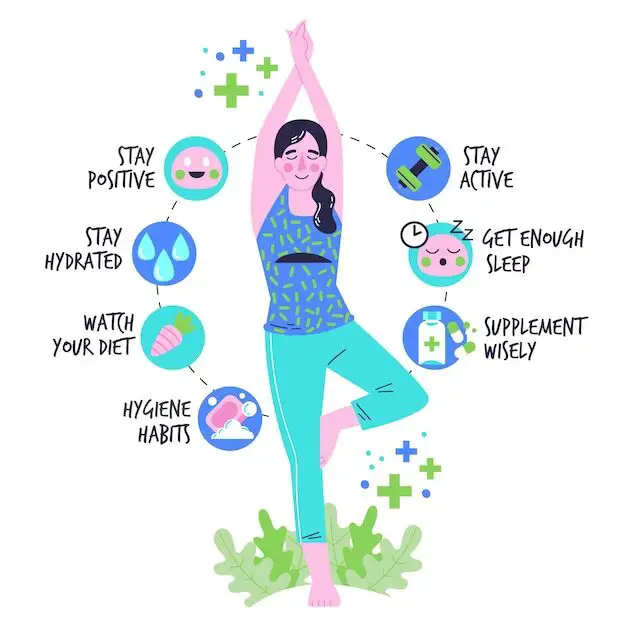7 Exercises to Do Everyday
Introduction
Maintaining a consistent exercise routine is vital for overall health and well-being. Regular physical activity helps manage weight and improves cardiovascular health, strengthens muscles and bones, boosts mood, and enhances cognitive function.
This article will explore seven exercises you can incorporate into your daily routine to promote a healthy and active lifestyle. By following these exercises consistently, you can experience significant improvements in your fitness levels and overall quality of life.
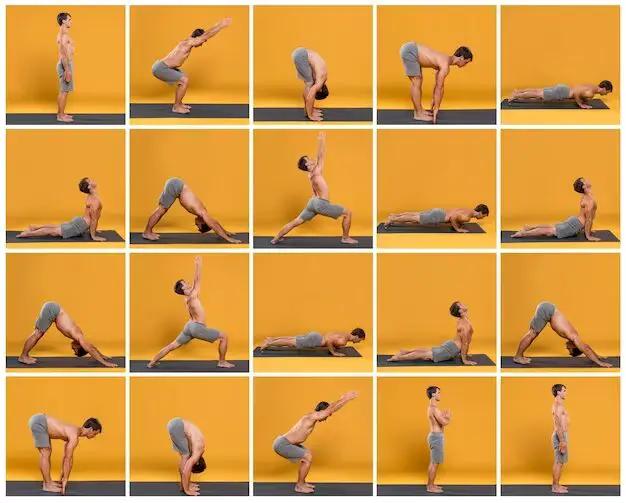
Check this: 5-minutes Facial out Work
Walking for Cardiovascular Health

Walking is a simple yet effective exercise that can be easily integrated into your daily routine. Aim for at least 30 minutes of brisk walking daily to reap cardiovascular benefits. Whether you walk outdoors or on a treadmill, this low-impact exercise engages multiple muscle groups, improves circulation, and helps maintain a healthy weight. To challenge yourself further, consider incorporating power or incline walking intervals to intensify your workout.
Check this: Exercise After Botox
Strength Training for Muscle Development

Incorporating strength training exercises into your daily routine is essential for building and maintaining muscle mass. You can use your body weight or utilize resistance bands, dumbbells, or weight machines to target different muscle groups. Focus on exercises such as squats, lunges, push-ups, and planks to work on your core, upper body, and lower body strength. Start with two to three sets of 8-12 repetitions for each exercise and gradually increase the intensity and resistance as your strength improves.
Check this: How to lose your without Exercise?
Yoga for Flexibility and Balance
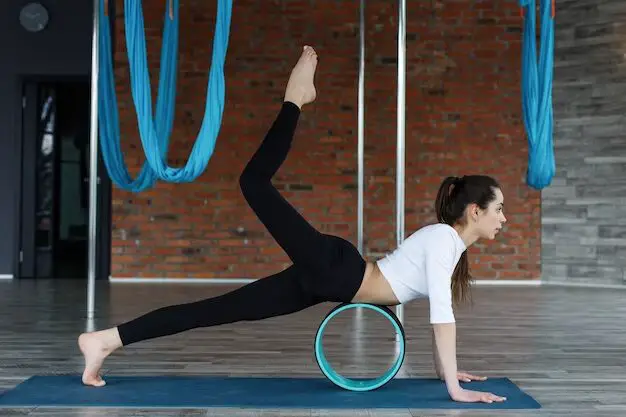
Yoga is a holistic exercise that combines physical postures, breathing techniques, and meditation. Practicing yoga daily can enhance your flexibility, improve posture, and increase balance and coordination. There are various styles of yoga to choose from, such as Hatha, Vinyasa, or Ashtanga. Begin with basic poses and gradually progress to more advanced ones as you gain strength and flexibility. Remember to focus on deep breathing and mindfulness to achieve a calm and centered mind.
Check this: 100 No Equipment Workout
High-Intensity Interval Training (HIIT) for Efficiency

High-Intensity Interval Training (HIIT) is an excellent option for those with limited time but still seeking maximum results. HIIT involves short bursts of intense exercise followed by brief recovery periods. This training boosts your heart rate, burns calories, and improves endurance. You can incorporate activities like burpees, jumping jacks, mountain climbers, or cycling sprints. Perform each exercise for 30 seconds to one minute, alternating with short rest periods. Repeat the circuit for 15-20 minutes for a quick, efficient full-body workout.
Check this: Womens Health Book
Pilates for Core Strength and Posture
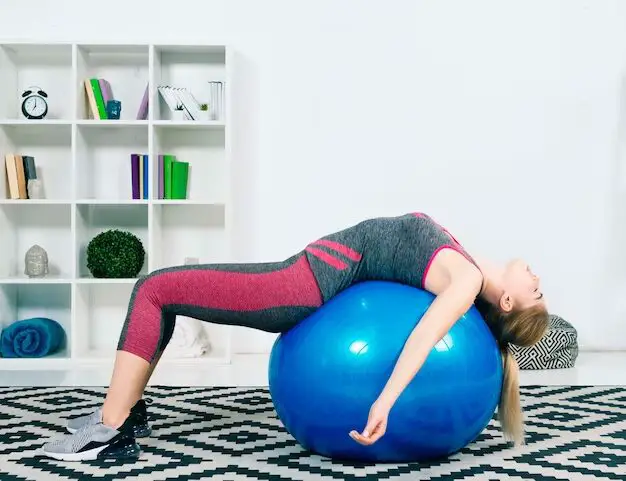
Pilates is a low-impact exercise method primarily focusing on strengthening the core muscles, enhancing flexibility, and improving posture. It involves performing precise movements and controlled breathing to engage the deep muscles of the abdomen, back, and pelvis. Incorporating Pilates exercises into your daily routine can develop a strong core, alleviate back pain, and improve overall body alignment. Consider taking a Pilates class or following online tutorials to learn the correct techniques and maximize the benefits.
Check this: Chuck Norris Health
Cycling for Endurance and Lower Body Strength

Cycling is an excellent aerobic exercise that targets the lower body while providing a fun and engaging workout. Whether you prefer outdoor cycling or a stationary bike, this activity helps to strengthen your leg muscles, improves cardiovascular fitness, and burns calories. Aim for at least 30 minutes of moderate to vigorous cycling each day. If you’re cycling outdoors, explore different terrains to challenge yourself and keep the workout interesting.
Check this: Wellness Yoga
Meditation for Mental Well-being
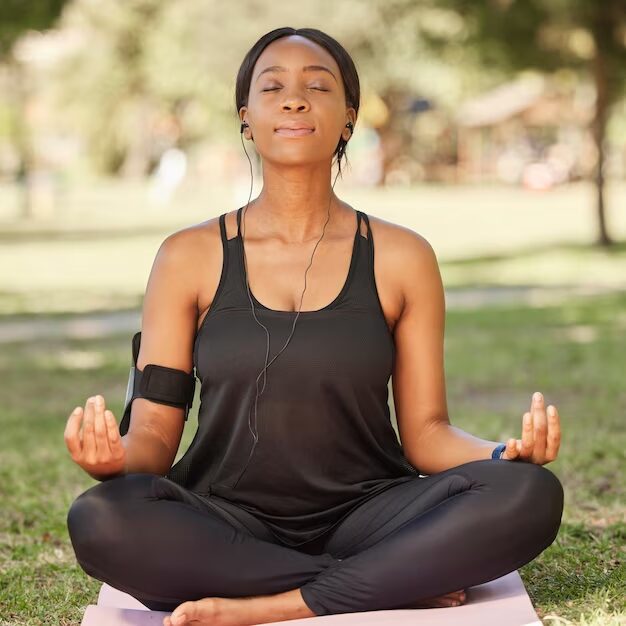
While not a traditional exercise in the physical sense, meditation plays a crucial role in promoting mental well-being and reducing stress levels. Taking a few minutes each day to practice mindfulness and meditation can significantly improve your overall health. Find a quiet and comfortable space, focus on your breath, and let go of any distracting thoughts. Over time, regular meditation can increase self-awareness, reduce anxiety, and enhance your ability to cope with daily challenges.
Check this: Strength Training Anatomy
The Profound Benefits of Regular Exercise on Physical and Mental Health
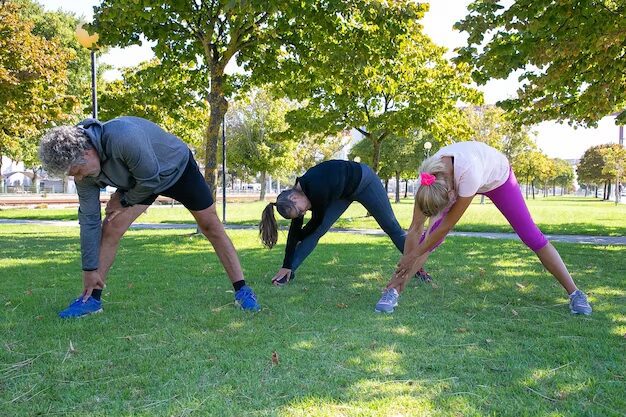
Below are profound advantages that exercise offers, shedding light on its effects on various aspects of health. By understanding the extensive benefits of exercise, we can further appreciate its role in promoting a higher quality of life.
Enhanced Cardiovascular Health
One of the primary benefits of exercise is its positive impact on cardiovascular health. Regular physical activity, such as brisk walking, jogging, or cycling, strengthens the heart and improves blood circulation. Engaging in aerobic exercises helps to reduce the risk of cardiovascular diseases, including heart attacks, strokes, and high blood pressure. It also enhances the efficiency of the cardiovascular system, allowing the body to supply oxygen and nutrients to tissues more effectively.
Weight Management and Metabolic Health
Exercise is crucial in weight management and maintaining a healthy metabolic profile. Physical activity helps to burn calories, contributing to weight loss and preventing excessive weight gain. Individuals can achieve a healthy body weight by engaging in exercises that elevate heart rate and increase energy expenditure. Moreover, exercise improves insulin sensitivity, essential for regulating blood sugar levels and preventing the development of type 2 diabetes.
Musculoskeletal Strength and Bone Density
Regular exercise, particularly strength training, promotes developing and maintaining strong muscles and bones. Resistance exercises, such as weightlifting or bodyweight, stimulate muscle growth and increase muscle mass. Strengthening the muscles improves physical performance, reduces the risk of injuries, enhances posture, and supports overall body stability. Additionally, weight-bearing exercises, like walking or jogging, are beneficial for bone health as they help increase bone density and reduce the risk of osteoporosis.
Mental Well-being and Cognitive Function
Exercise profoundly impacts mental health, promoting a positive mood and reducing the risk of mental illnesses. Engaging in physical activity stimulates the release of endorphins, often called “feel-good” hormones, which boost mood and reduce feelings of stress and anxiety. Regular exercise is also linked to improved sleep quality, increased self-esteem, and a decreased risk of depression. Furthermore, studies suggest that exercise positively affects cognitive function, enhancing memory, attention, and overall brain health.
Increased Energy Levels and Stamina
Contrary to the misconception that exercise depletes energy, physical activity increases energy levels and stamina. Regular exercise improves the efficiency of the cardiovascular and respiratory systems, allowing the body to transport oxygen and nutrients more effectively. As a result, individuals who exercise regularly often experience a boost in energy levels and overall vitality. Additionally, exercise strengthens the muscles and improves endurance, enabling individuals to engage in daily activities with reduced fatigue.
Improved Sleep Quality
Exercise significantly impacts sleep quality, promoting restful and rejuvenating slumber. Regular physical activity can help regulate the sleep-wake cycle, making falling and staying asleep easier. Exercise has been shown to improve sleep duration, reduce the time it takes to fall asleep and enhance overall sleep quality. However, avoiding vigorous exercise close to bedtime is essential, as it may have a stimulating effect and interfere with sleep.
Longevity and Disease Prevention
Engaging in regular exercise is associated with a longer and healthier lifespan. Numerous studies have demonstrated that physically active individuals have a reduced risk of chronic diseases such as cardiovascular disease, type 2 diabetes, certain types of cancer, and even Alzheimer’s disease. Exercise promotes a healthy immune system, reduces inflammation, and supports the body’s natural defense against illness and disease. Incorporating regular physical activity into our lives can significantly enhance our chances of living a longer, healthier life.
Check this: Benefits from Yoga and Meditation
Further Questions and Answers about Exercises to Do Everyday
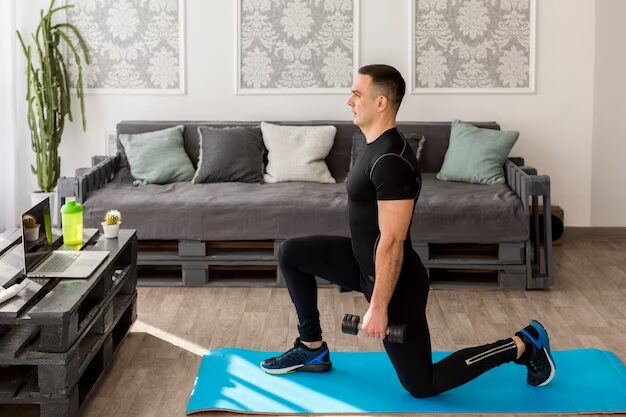
The recommended daily exercise duration varies depending on age, fitness level, and overall health. Generally, adults should aim for at least 150 minutes of moderate-intensity aerobic activity per week or 75 minutes of vigorous-intensity activity. This can be spread out over several days. Additionally, it is beneficial to incorporate strength training exercises at least two days a week, targeting all major muscle groups. Remember to start gradually and listen to your body to avoid overexertion.
The exercises mentioned in this article can be done at home and in a gym, depending on your preferences and available resources. Walking, yoga, bodyweight exercises, and even high-intensity interval training (HIIT) can be performed in your home with little to no equipment. Strength training exercises may require weights or resistance bands, which can be easily obtained for home use. If you prefer a gym environment, it provides access to a broader range of equipment and potential fitness classes.
Yes, warming up before exercise is essential to prepare your body for the physical activity ahead. A proper warm-up routine helps increase blood flow to the muscles, loosens the joints, and raises your body temperature. This can be done through dynamic stretching exercises, light cardio activities, or mobility drills. Warming up reduces the risk of injury and allows for optimal performance during your workout. Spending 5-10 minutes warming up before starting any exercise routine is recommended.
It is crucial to consult with your healthcare provider if you have a medical condition or injury before starting an exercise program. They can provide specific guidance based on your circumstances. In many cases, exercise can be beneficial and help manage certain conditions. However, modifications or particular exercises may be necessary to ensure safety and avoid exacerbating the condition or injury. Your healthcare provider can offer tailored recommendations and provide you engage in activities that are appropriate for your situation.
It’s understandable that fitting in all the exercises mentioned daily might be challenging for some individuals due to time constraints. The key is prioritizing and finding a routine that works best for you. Even if you can’t do all the exercises daily, aim for a combination of cardiovascular conditioning, strength training, and flexibility exercises throughout the week. It’s better to have a consistent exercise routine, even if it means focusing on different exercises on different days, rather than squeezing everything into a single day.
Yes, the exercises mentioned in this article are suitable for beginners. However, beginners need to start at a comfortable level and gradually progress. If you are new to exercise or have any underlying health concerns, consider consulting a fitness professional to ensure proper form and technique. They can help design a customized exercise plan that aligns with your fitness level and goals. Remember, it’s essential to listen to your body, take breaks when needed, and gradually increase the intensity and duration of your workouts as you become more comfortable and more substantial.
Note
It is always advisable to consult with a healthcare professional or certified fitness trainer before starting a new exercise program, especially if you have any underlying health conditions or concerns. They can provide personalized recommendations and ensure your exercise routine is safe and suitable for your needs.
Check this: Wall Pilates Workout
Conclusion
Incorporating these seven exercises into your daily routine can transform your physical and mental well-being. From walking to strength training, yoga to high-intensity interval training, and cycling to meditation, each exercise offers unique benefits that contribute to a healthy lifestyle. Remember to start gradually, listen to your body, and seek professional guidance. By making exercise a non-negotiable part of your daily routine, you can achieve optimal health and enjoy the numerous benefits of regular physical activity.

